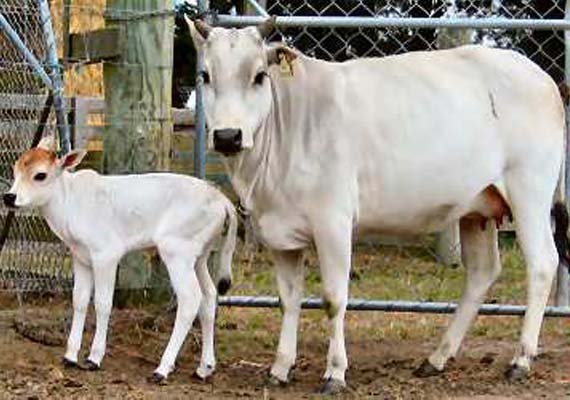OWL 2 is backward compatible with 1, which means that all the modeling techniques taught in this book remain valid, and that the additional constructs are additions to/refinements of, rather than replacements for OWL 1 constructs and practices.
Each of the four OWL 2 subsets uses the "same set of modeling constructs": ie: the same properties and classes, the same syntax. They differ in that each is tailored to serve a different purpose
OWL 2DL – D is for decidability
For projects where decidability is key. A system "is decidable if there exists an effective method such that for every formula in the system the method is capable of deciding whether the formula is valid (is a theorem) in the system or not." In other words, it's designed for applications where precise and discrete definitions of things/entities are crucial.
OWL DL is designed to enable modelers to create algorithms that can "determine which classes [in a given model] are equivalent to other classes, which classes are subclasses of other classes, and which individuals of are members of which classes."
OWL 2 EL – E is for executable
For projects that are mostly about federating data from a variety of sources in order to provide an "integrated picture of some sort of domain". In this type of modeling – used, for instance, by search engines that need to provide good rather than perfect answers (partly because they need to take into account the fact that humans ask good rather than perfect questions) – "the model describes how information can be transformed into a uniform structure".
So OWL 2 EL is designed to "improve computational complexity".
OWL 2 QL – Q is for Query
This subset of OWL 2 is designed for working with/leveraging relational databases, that require "fast responses to queries" applied to huge, specified data sets.
"Queries against an OWL 2 QL ontology and corresponding data can be rewritten faithfully into SQL".
OWL 2 RL – R is for Rules
This subset of OWL 2 is restricted to enable compatibility with rules-based processing. This is particularly useful for multipart properties – where properties relate to each other in ways other than the hierarchichal. For instance, the concept of "aunt". I can only be an aunt if I am the sister of someone who is a parent. "Aunt" is thus a multipart property because it is made up of more than one property: parent and sister in that – diasy-chained – order.
Interestingly, multipart predicates were left out of OWL 1 "because they were thought to cause undecidability". But more recent work has demonstrated that "under certain conditions" this need not be the case.
From multipart predicates (which the authors illustrate with an example model of "'A child should have the same species as its parent"')
":Elsie :hasParent :LuluSo "we can infer that
:Lulu :hasSpecies :Cow"
:Elsie :hasSpecies :Cow"
 | |
| Elsie and Lulu. Or two other cows. |
Next week - um, not sure yet. Might write about anxiety, connectedness and correspondence. Or something else. May be suffering from undecidability…
No comments:
Post a Comment